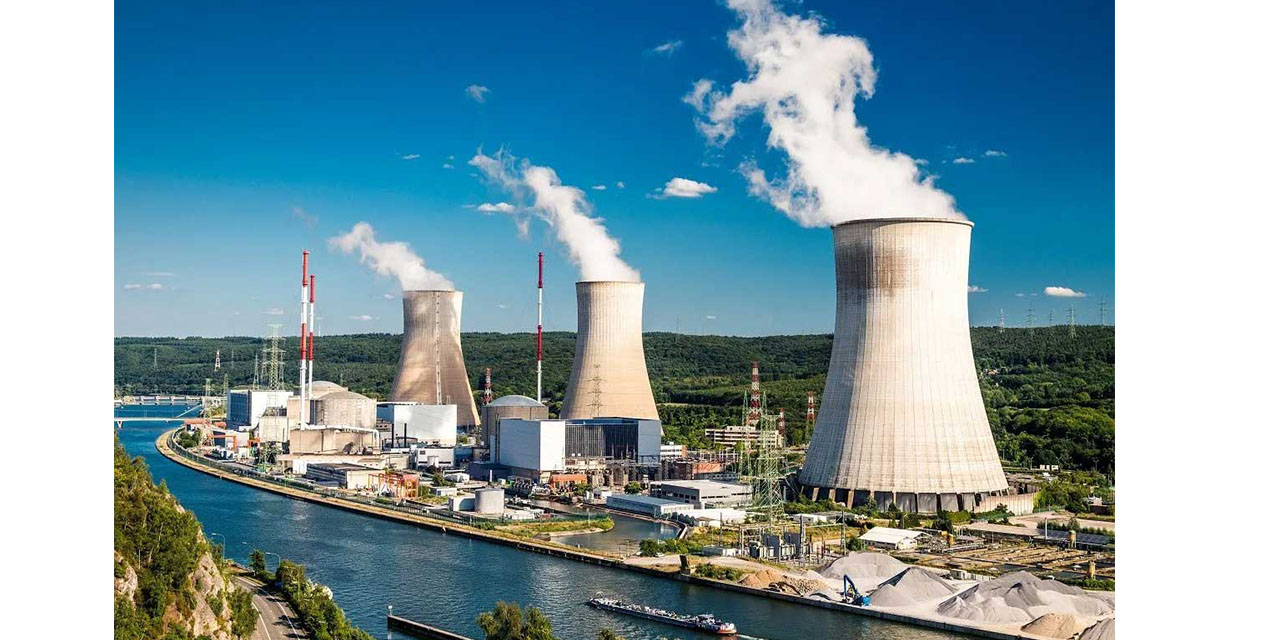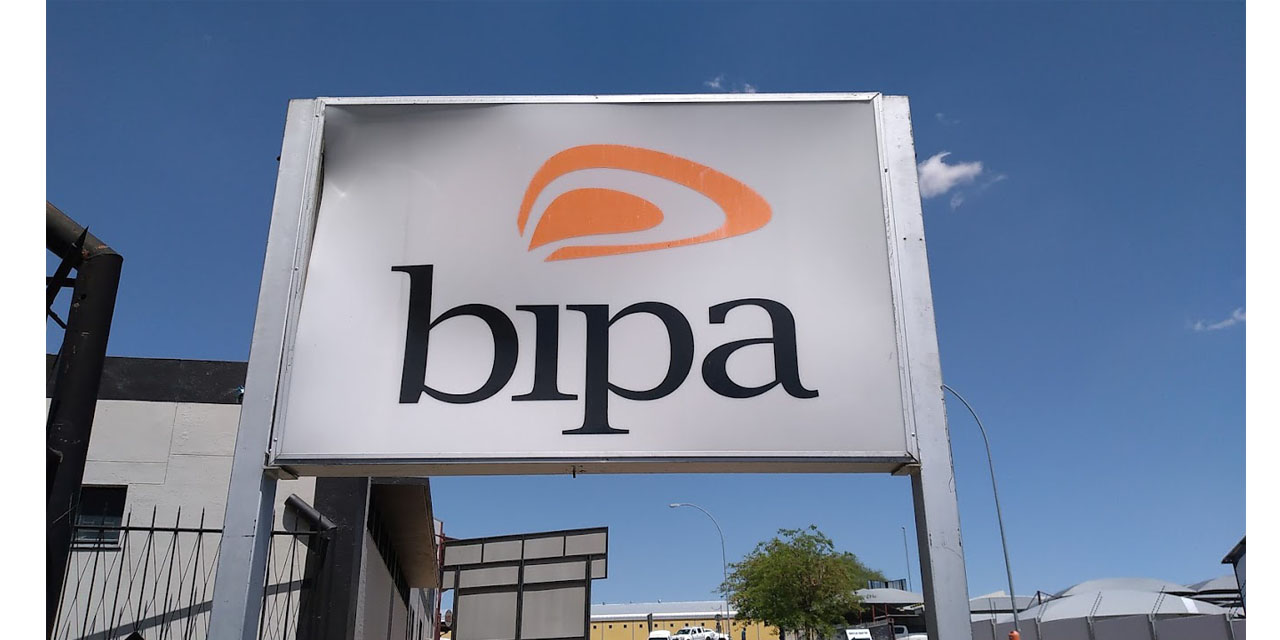CHAMWE KAIRA
The construction of new nuclear reactors across the world spells good news for the Namibian nuclear industry.
In 2022 Kazakhstan produced the largest share of uranium from mines (43 percent of world supply), followed by Canada (15 percent) and Namibia (11 percent).
“Construction is underway on a total of 59 reactors worldwide. In Indonesia, Norway, the Philippines, and Sri Lanka, plans are currently being considered to introduce nuclear power plants, including both conventional and Small modular reactors (SMRs) into their national energy mixes,” said Brandon Munro, Chief Executive Officer of Bannerman Energy.
The Australian listed uranium development company, is developing the Etango project in the Erongo region, which is one of the world’s largest undeveloped uranium assets.
Munro said in Japan, parliament passed a bill allowing ageing nuclear reactors to operate beyond the 60-year limit, resulting in two more reactor restarts at Takahama Nuclear Power Plant by Kansai Electric Power Company. In South Korea, a construction restart of Shin Hanul Nuclear Power Plant units was announced following the administration’s strategy to ensure restoration of the country’s nuclear power plant ecosystem, Munro said.
He said western countries are looking to re-examine Russia’s role as one of the world’s top energy exporters, with several significant public policy announcements made including the United States, France, Japan, Canada, and the United Kingdom formed the Nuclear Fuel Alliance, with a particular focus on dislodging Russian influence over the international nuclear energy market.
Munro said in a report for the quarter ended 30 June, that uranium spot prices rose through the quarter, opening at US$50.75 per pound and gaining 10.7 percent by the end of the quarter. In the second week of June, prices peaked at US$57.75 per pound, reaching their highest level since April 2022, when prices declined following the Russian invasion of Ukraine.
“Despite slight easing over the remainder of June, spot prices remained above US$56.00 per pound by the end of the quarter, closing at US$56.20 per pound.”
He said underpinned by increasing concerns about the long-term security of nuclear fuel supply, current tight primary supply capacities, and anticipated demand growth, uranium prices are expected by most commentators to continue rising.
“This positive trend is in stark contrast to broader commodity markets, which have generally declined over the quarter, reflecting increased global interest rates and slowing economic growth around the world.”
Munro said quarter has seen continued public policy shift towards the incorporation of nuclear energy as a key baseload energy source of the future, with governments worldwide implementing policies to develop new reactors, extend the life of existing reactors, and incentivise investment in emerging technologies, such as Small Modular Reactors (SMRs).




